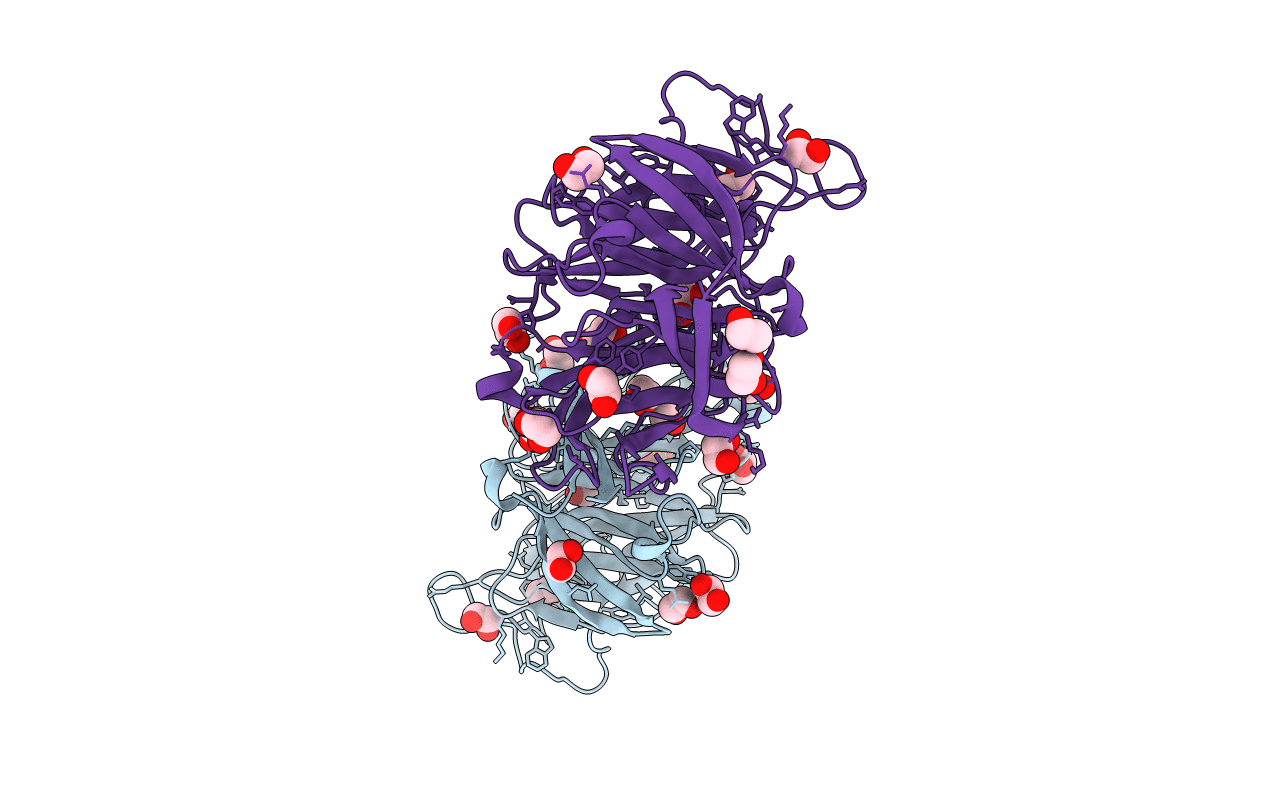
Deposition Date
2006-03-03
Release Date
2006-08-08
Last Version Date
2024-11-06
Entry Detail
PDB ID:
2G8S
Keywords:
Title:
Crystal structure of the soluble Aldose sugar dehydrogenase (Asd) from Escherichia coli in the apo-form
Biological Source:
Source Organism:
Escherichia coli K12 (Taxon ID: 83333)
Host Organism:
Method Details:
Experimental Method:
Resolution:
1.50 Å
R-Value Free:
0.18
R-Value Work:
0.14
R-Value Observed:
0.14
Space Group:
P 1 21 1


